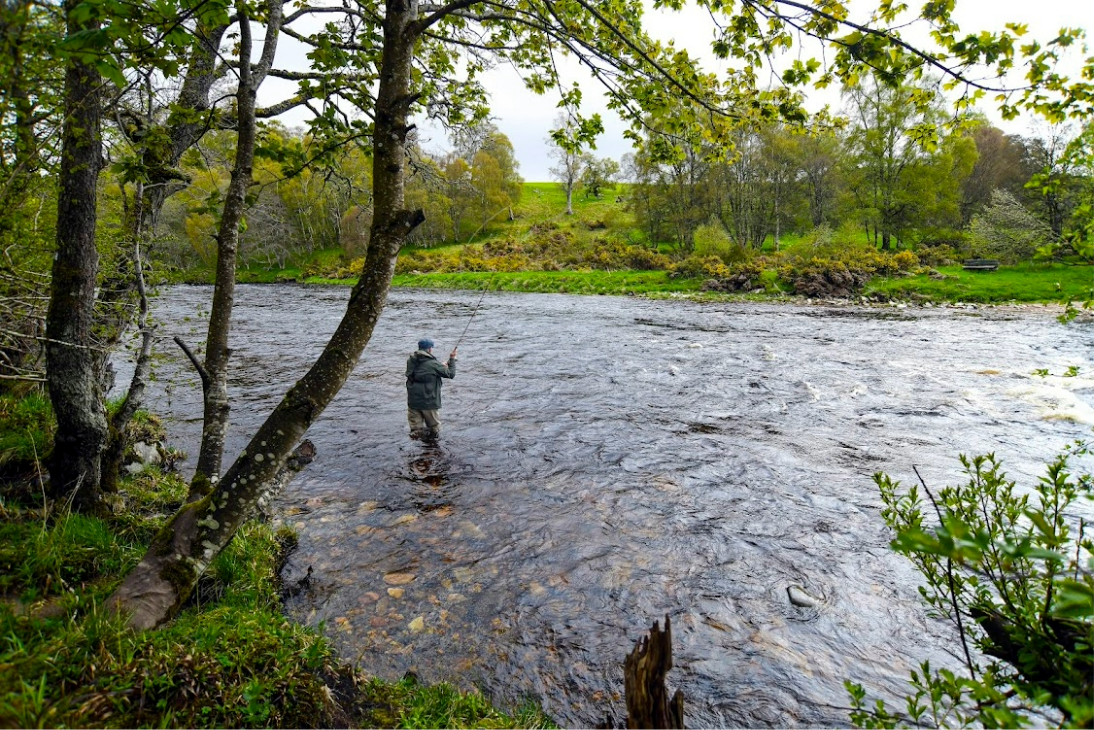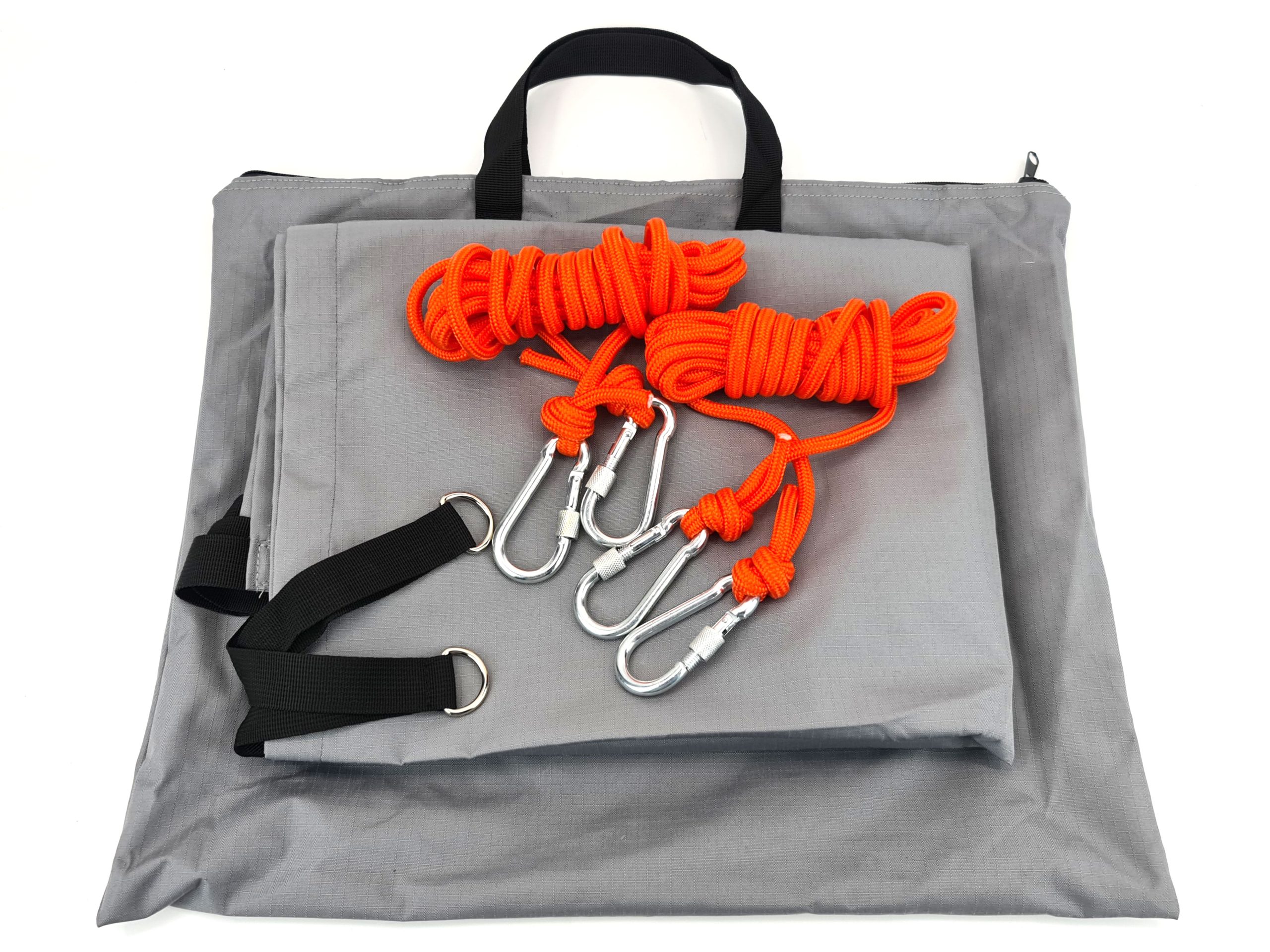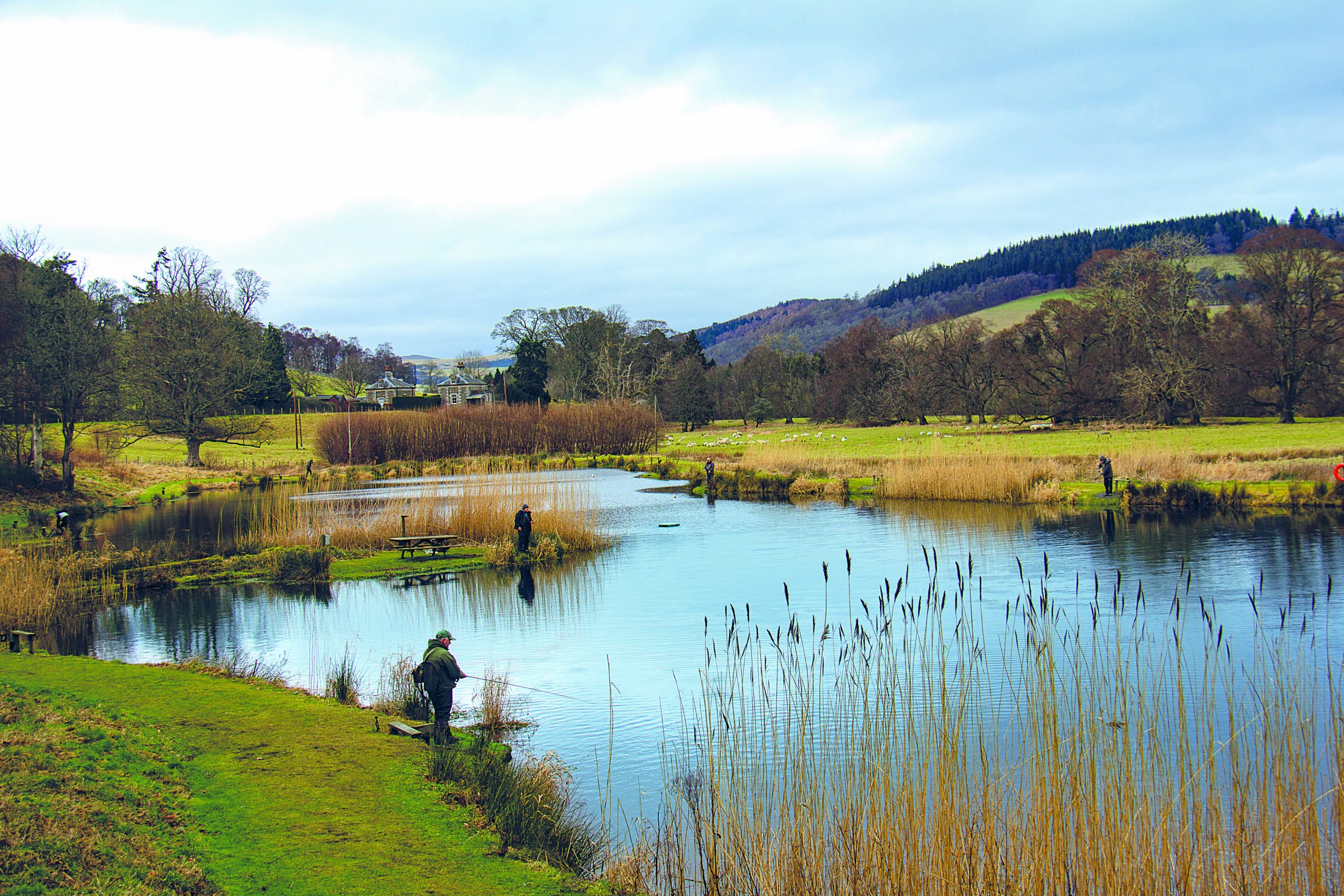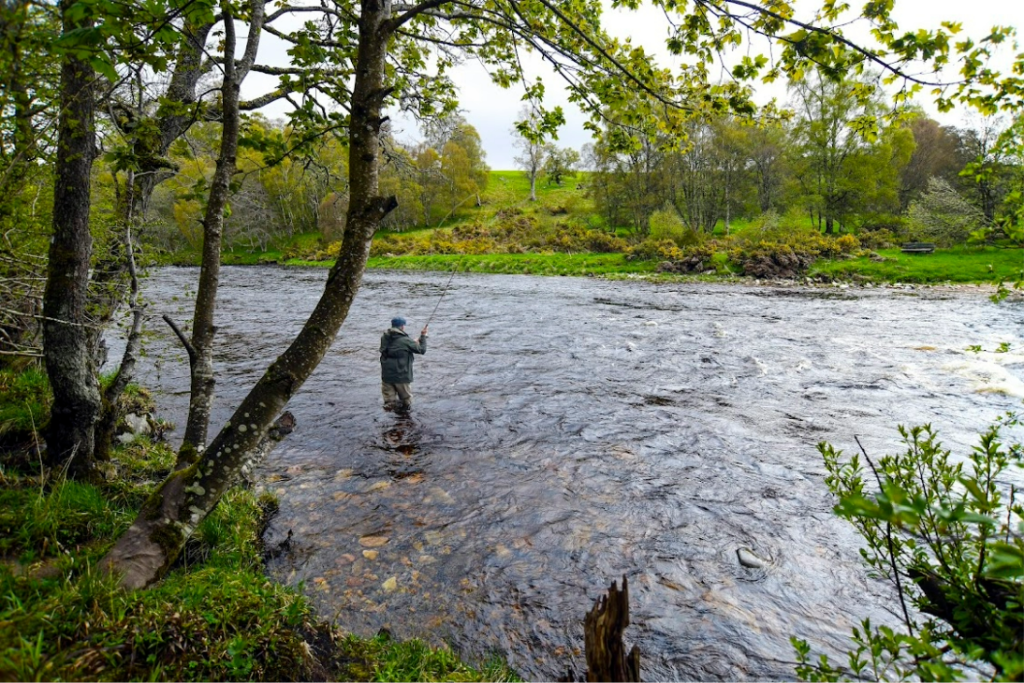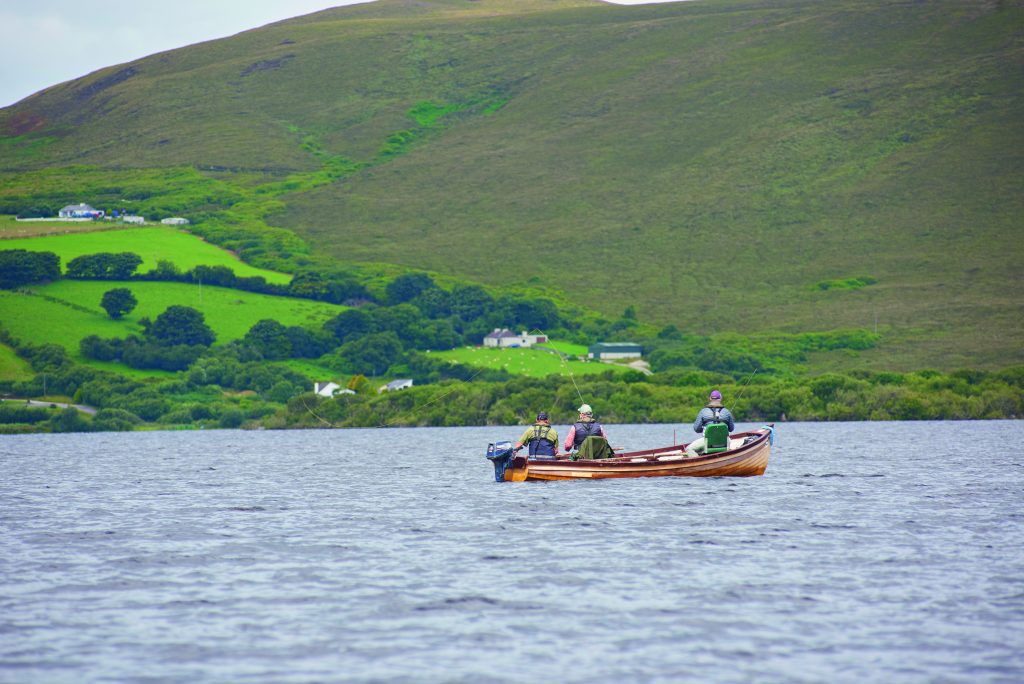Get to know a salmon beat
New to salmon fishing or a river? Ian Gordon reveals how to get to know a salmon beat with expert tips on permits, local insights, and reading the river to your advantage.
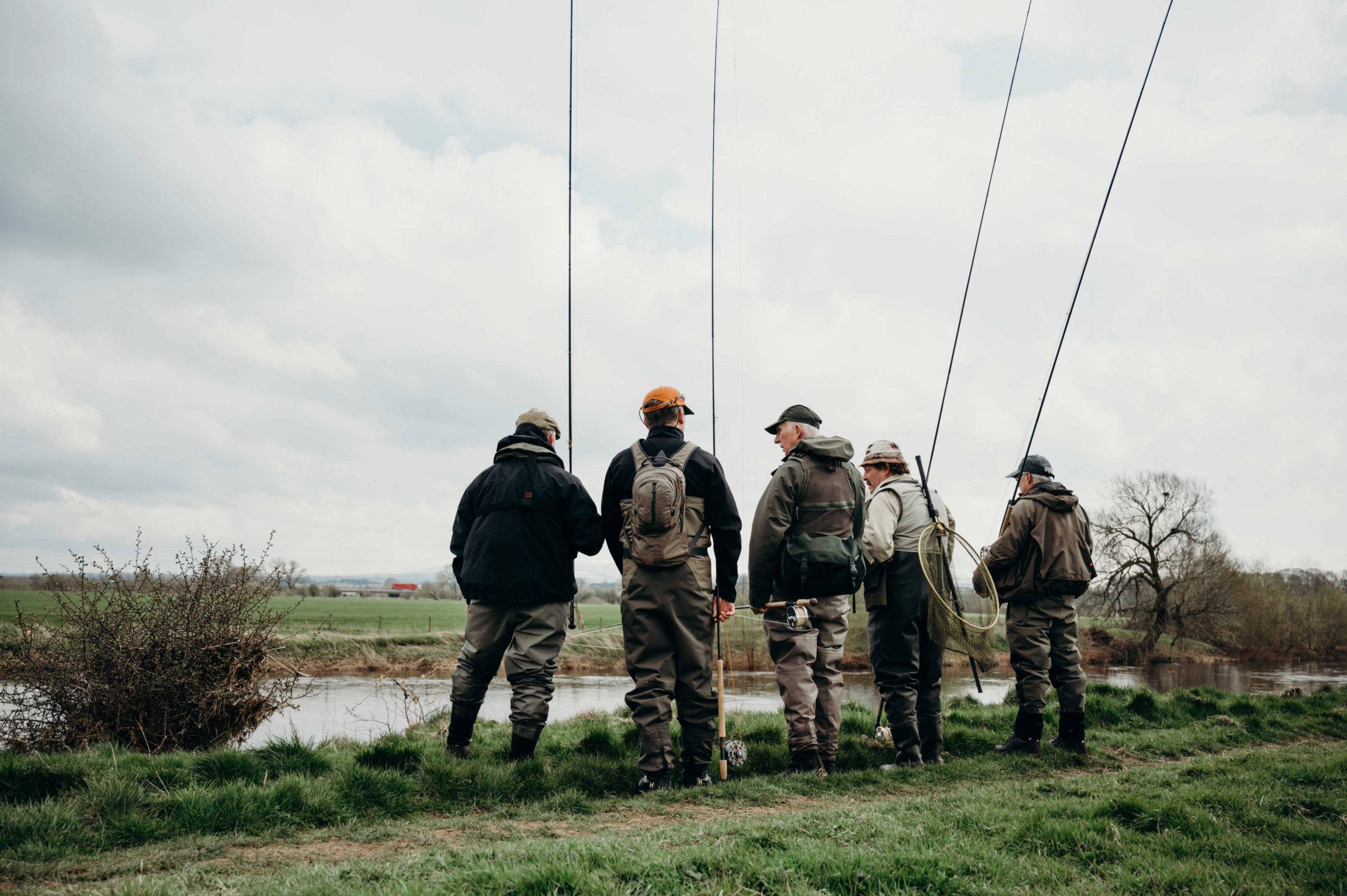
If you are taking your first steps into salmon fishing this season, one of the best places to start is association or club water, where you can get to know a salmon beat closely, understanding where fish may lie and how to read the water with the help of local anglers.
You will need a permit, usually available from a club website or a local shop (might be a post office, a butcher’s or a pub). If you buy online, there will be information on where to start and finish, as well as local rules. If you buy from a shop, the person selling the ticket may have a handle on what pools to fish in different conditions – it is worth asking because, crucially, clubs often don’t employ gillies, so there won’t be expertise at your shoulder on the riverbank.
Watch how locals rods fish a pool
Understanding how to fish a salmon beat starts with local knowledge. This is the single most important factor when fishing club beats. If the man in the shop can’t help, then the day before you fish, try to visit the river for reconnaissance. Observe local rods, particularly where they enter and exit a pool. Take note of the parts of the pool on which they are focusing and, hopefully, catching, as well as where they appear to be changing flies and lines (to adjust for depth and swing). Also, note their casting angles and lengths, and wading lines. If you see someone who appears to be doing better than others, then stop and talk to them. Perhaps wait for them to exit the pool. If they are fishing, be mindful of not talking for too long. Ask one or two carefully crafted questions and thank them for their answers.
Association waters often host superb salmon-fishers, most of whom, due to the time they spend on the beats, know specific pools better than anyone. However, some of those guys may not want to give away too many secrets; it’s knowledge they have earned the hard way, which is part of the pleasure and reward of our sport.
Spotting productive water
Other things to look for are worn paths and the position of benches. They indicate a popular and probably productive pool, although they might also be signs of easy access and wading, so heading farther up or downstream might also prove fruitful. You should also take note of when you are allowed to start fishing, if such times exist. Being first down a pool often brings success, although your idea of early may not be a match for the man whose house overlooks the pool. He will probably beat you to it…
So, if you want to get to know a salmon beat well, look closely, listen carefully, and always respect local knowledge. It could be the difference between a cast and a catch.
Here are a few club waters for you to explore: Strathspey Angling Improvement Association, Carlisle Angling Association, and the Border Esk and Liddel Angling Club.
Also take a read of our Spring salmon fishing tips.

